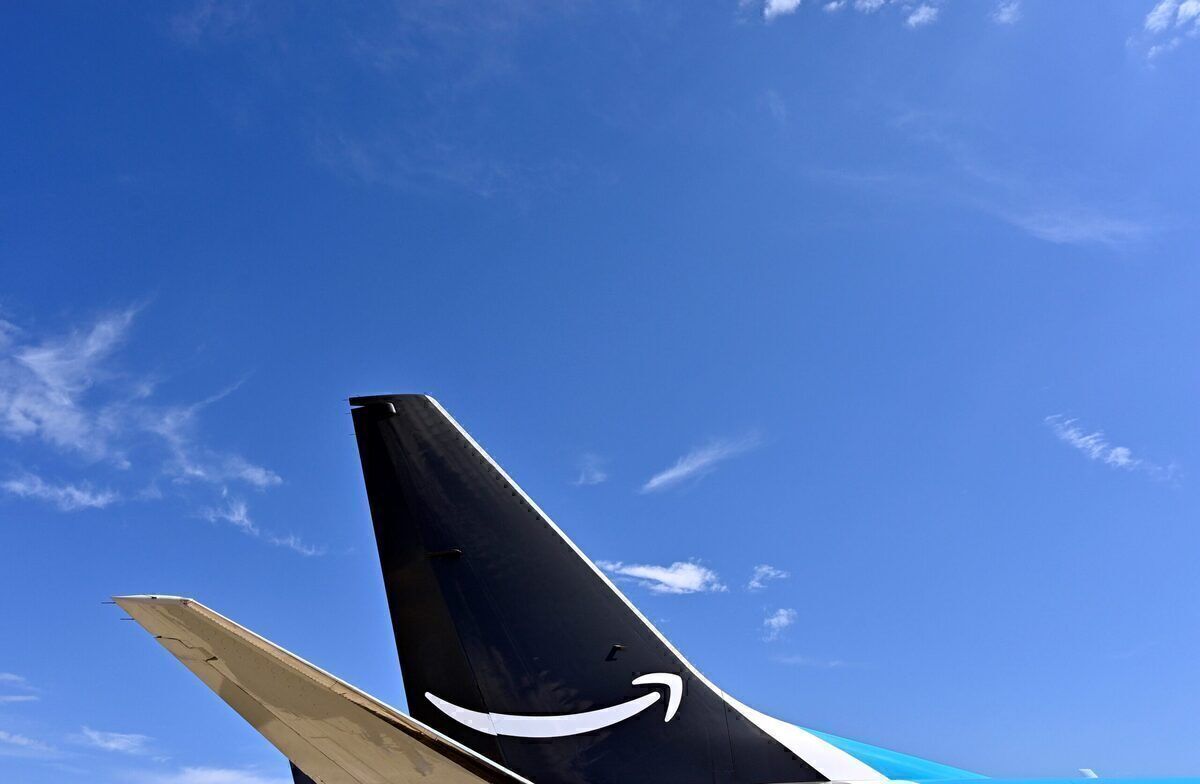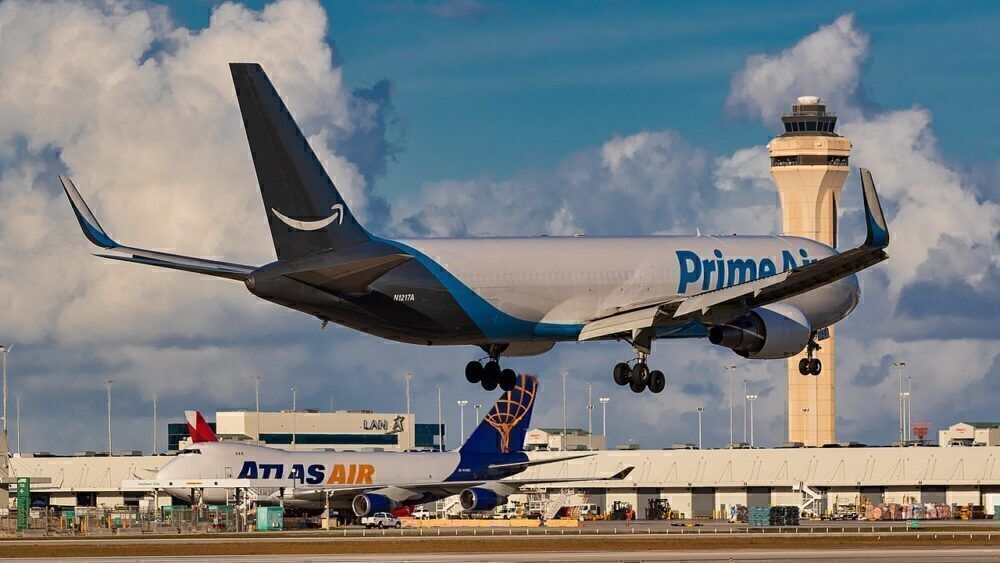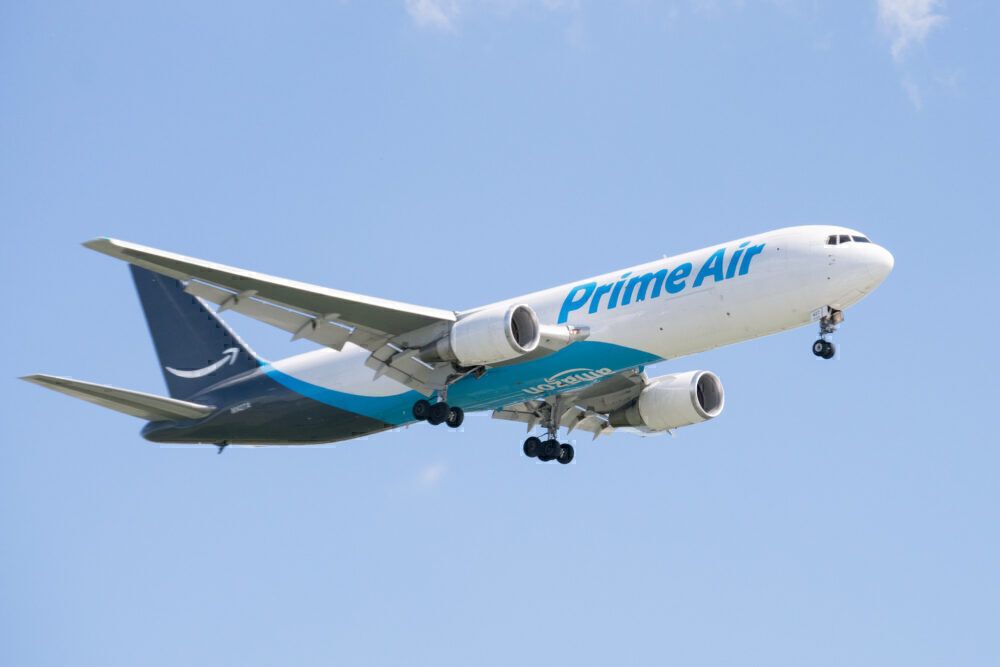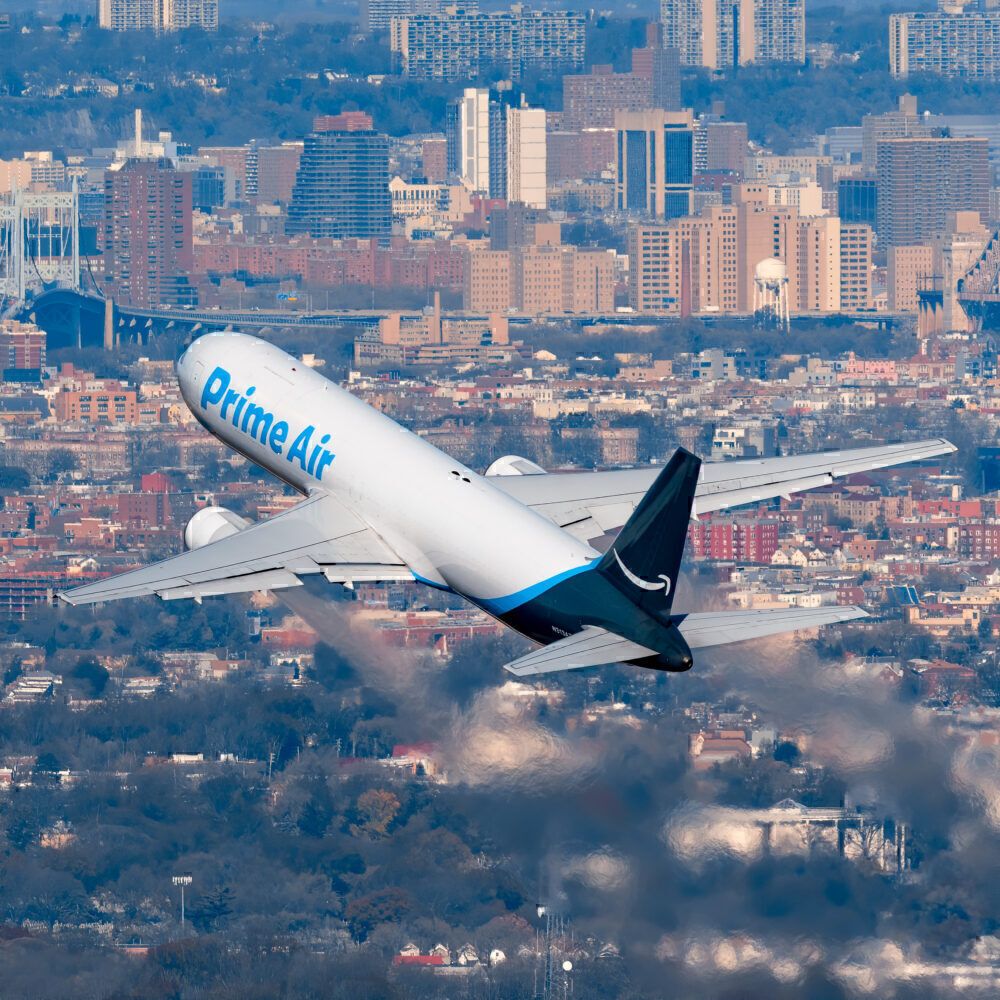Search the news for Amazon Air, and you'll find a number of stories regarding expansions and aircraft acquisitions. Formerly known as Amazon Prime Air, the growth of the eCommerce site Amazon and its dedicated fleet of aircraft is indeed nothing short of impressive. Let's take a brief look at this five-year-old 'airline' and how it has reached its current pace of operations.
Amazon: A brief background
It's highly unlikely by now that you haven't heard of Amazon - especially if you're living in North America or Europe. Of course, there are parts of the world that Amazon has yet to dominate in the same manner.
For its regular customers, Amazon is a multi-national eCommerce website that sells almost everything imaginable, either through its own suppliers or linking third-party vendors to buyers. The Amazon 'empire' has since expanded to include digital streaming, cloud computing, and its own consumer-level electronics.
Beyond long-distance delivery by aircraft, its eCommerce division aims to include short-distance delivery via drone. However, this has yet to fully materialize.
Stay informed: Sign up for our daily and weekly aviation news digests!
Starting as Amazon Prime Air
It was back at the end of 2015 that Amazon began to play with the idea of having a fleet of aircraft dedicated to transporting freight.
This vision was solidified in March 2016, when Amazon acquired options to buy up nearly 20% of Air Transport International's stock. According to The Times-Gazette, the commercial agreements included:
- The leasing of 20 Boeing 767 freighter aircraft to Amazon Fulfillment Services Inc. by ATSG’s Cargo Aircraft Management (CAM);
- The operation of the aircraft by ATSG’s airlines, ABX Air and Air Transport International;
- Gateway and logistics services are provided by ATSG’s LGSTX Services.
The following year, it was announced that Amazon Air would make Cincinnati/Northern Kentucky International Airport (KCVG) its principal hub. 2017 also saw Prime Air rebranded to simply "Amazon Air," mainly to distinguish it from its upcoming drone service, which will be named Amazon Prime Air.
For every additional year that Amazon Air has continued to operate, we have seen new announcements regarding the expansion of its fleet and facilities.
- December 2018: Amazon leased 10 additional Boeing 767-300 planes from ATSG
- October 2019: Amazon completed its new regional air hub at Fort Worth Alliance Airport (KAFW)
- 2019/2020: Amazon committed to leasing 10 additional 767-300 aircraft from ATSG
Additionally, Amazon has established gateway facilities in Riverside, CA, Alliance, TX, and Wilmington, OH. The company explains what these facilities do on its website, saying:
"The Gateways have dedicated parking spots at an airport in order to facilitate below-wing operations. This includes the offloading of our packages onto the ramp in order to continue to our final mile delivery. Amazon Air provides gateway operations at over 20 airports, making two-day shipping possible almost anywhere in the U.S."
Amazon also now has operations at the Leipzig-Halle airport to ensure it can "delight [its] customers in Germany and throughout Europe."
Getting its own aircraft
In the second half of 2020, PaxEx.aero noted that this was followed by the acquisition of its first four cargo 767s operating under a direct registration rather than through a leasing agreement. The aircraft came from Canadian airline WestJet.
Since then, the Amazon fleet has grown further, with news that it purchased 11 used Boeing 767-300 jets from Delta and WestJet in January 2021. All of this recent expansion has been made possible by increased eCommerce activity, spurred by the global health crisis.
The Amazon Air fleet is currently a mix of 737s and 767s, with many still operating through leasing agreements. Air Cargo News notes that a report from Joseph Schwieterman and Jacob Walls of the Chaddick Institute for Metropolitan Development predicts that the Amazon Air fleet will grow to 200 jets by 2028.
At its current pace, we wouldn't be all that surprised if it reached this size a few years early.
What do you think? How fast will Amazon Air's fleet of cargo jets grow? Let us know in the comments.




